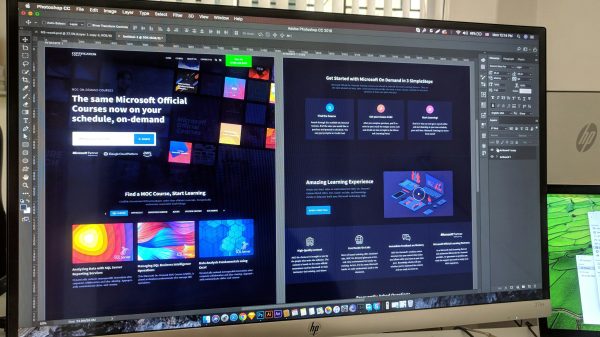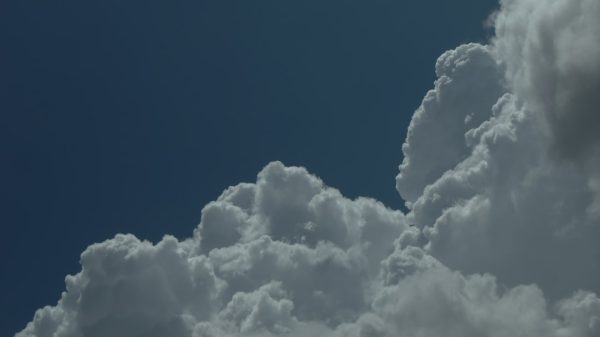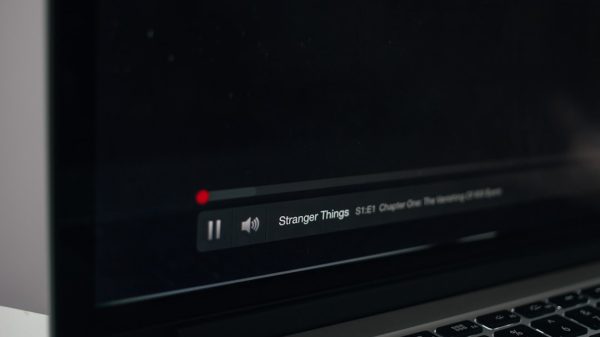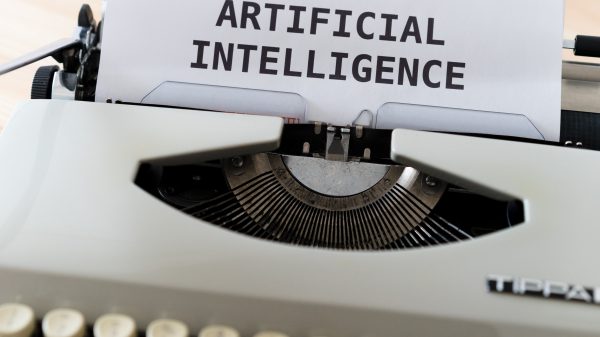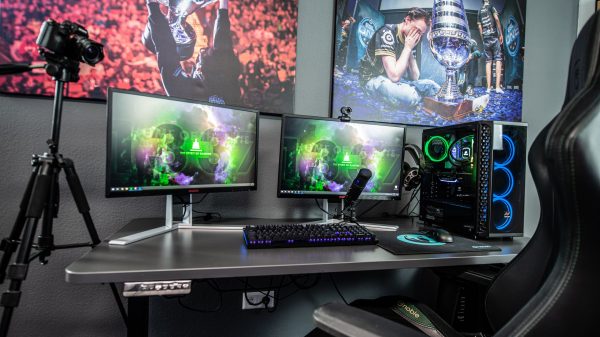WooCommerce is a powerful, flexible eCommerce platform built on top of WordPress. It’s trusted by millions of users to handle online sales, inventory, customer data, and product displays. However, sometimes even the most reliable tools experience hiccups—especially when introducing third-party solutions like a Content Delivery Network (CDN). One strange occurrence that’s been reported across forums and support channels is the random disappearance of WooCommerce product images after a CDN integration.
TLDR (Too long, didn’t read)
After integrating a CDN, WooCommerce users may notice that some or all product images are missing from the storefront. This usually stems from improper caching, incorrect image URLs, or lazy loading breakdowns. One effective solution involves a “cache busting” technique that forces the CDN to refresh its stored assets. Implementing proper cache settings and utilizing cache busting helped restore the missing images without undoing the CDN integration.
Understanding the Problem: Why Did the Images Disappear?
The integration of a CDN like Cloudflare or KeyCDN is usually a smart move to improve website speed and content delivery. However, it can occasionally introduce complications, especially when the CDN’s cache conflicts with WordPress’s native media delivery mechanism.
Here are the most common reasons why WooCommerce product images might randomly vanish after setting up a CDN:
- Incorrect origin path mapping: When the CDN incorrectly points to a different directory or outdated file location.
- Delayed cache updates: The CDN continues to serve an outdated version of a page or asset that has since been changed or moved.
- Mismatched protocol (HTTP vs HTTPS): Security settings that force HTTPS can create discrepancies that cause images not to load when served via HTTP.
- Lazy loading conflicts: Some themes and plugins use JavaScript-based lazy loading, which may not play well with CDN delivery.
In cases like these, even a website that seems properly set up with all images uploaded and accessible on the backend can appear broken to the user. One of the most perplexing aspects of this issue is its randomness—some products may display images correctly, while others do not show any images at all.
Image not found in postmetaThe Key Discovery: Caching Is the Culprit
Initially, developers and store owners may attempt to fix the issue by re-uploading images, regenerating thumbnails, or disabling plugins. And while these are often good troubleshooting steps, they don’t get to the root cause when a CDN is involved.
The CDN caches every element it can—pages, stylesheets, scripts, and yes, images. If it initially cached a version of your store with missing images (due to any number of setup errors), it will keep delivering that version until the cache is purged or expires naturally.
This explains why some images would randomly disappear: they were never correctly cached, or their URL’s caching mechanism was corrupted. Additionally, WooCommerce image URLs often include dynamic parameters or custom folder paths, increasing the odds of caching issues if the CDN is not properly configured to respect WordPress’s structure.
The Cache Busting Trick That Solved Everything
Once the root issue was pinned down to caching, it became apparent that a technique known as cache busting could solve the dilemma.
Cache busting involves changing the image URLs or appending a unique query string to force the CDN to treat them as brand new resources and fetch them fresh from the origin server.
Here are a few ways this was achieved:
- Appending version numbers to image URLs:
Adding a dynamic version number (like?v=123) at the end of image URLs makes the CDN think it’s a new file, even though it’s technically the same. - Renaming critical image files:
Renaming an image fromproduct-abc.jpgtoproduct-abc-new.jpgforces the CDN to refresh its cache. - Using WordPress functions to regenerate thumbnails:
Plugins like “Regenerate Thumbnails” or WP CLI commands were used to batch regenerate image metadata and URLs.
After implementing one or more of these methods, the product images began to appear consistently across all product pages—with no more randomness or disappearance.

CDN Settings Adjustment: Prevention for the Future
Alongside cache busting, refining CDN settings played a crucial role in preventing future issues. These are the settings and adjustments that made the CDN image loading more stable and reliable:
- Disabling aggressive HTML & JavaScript minification: Minification sometimes interferes with scripts responsible for loading images in WooCommerce.
- Turning off Rocket Loader (Cloudflare-specific): This feature can delay JavaScript execution, affecting lazy loading behavior.
- Adding cache rules to exclude dynamic URLs: Custom rules were created to bypass CDN caching for image URLs that change frequently or have query strings.
- Lowering the default TTL (Time to Live): Reducing the TTL value ensures the CDN checks back with the origin server more frequently for updates.
Conclusion
Integrating a CDN can provide noticeable performance improvements for a WooCommerce store, particularly in faster image loading and lower latency. However, without attention to caching behavior and proper URL serving, it can also result in product images randomly disappearing and confusing customers. By applying smart cache busting strategies and refining CDN settings, developers were able to restore normal functionality and reinforce a more stable image delivery process going forward.
FAQs
- Q: What is cache busting?
A: Cache busting is a method used to force a CDN or browser to fetch a new version of a file (like an image) by altering its URL. - Q: Why were only some images missing?
A: CDNs cache files individually. If some images were missing during initial cache creation, only those would fail to load, making the issue appear random. - Q: Can I avoid this issue in future CDN setups?
A: Yes. Ensure all assets are properly loaded before enabling CDN caching and configure cache rules to exclude certain types of files or directories. - Q: Will disabling the CDN fix the issue permanently?
A: Disabling the CDN temporarily resolves the issue, but the long-term solution is to fix the caching misconfigurations so you can still benefit from the CDN. - Q: What plugins help with cache busting in WordPress?
A: Plugins like “Asset CleanUp,” “W3 Total Cache,” or “Autoptimize” allow dynamic cache versioning adjustments, which can assist in busting caches.





